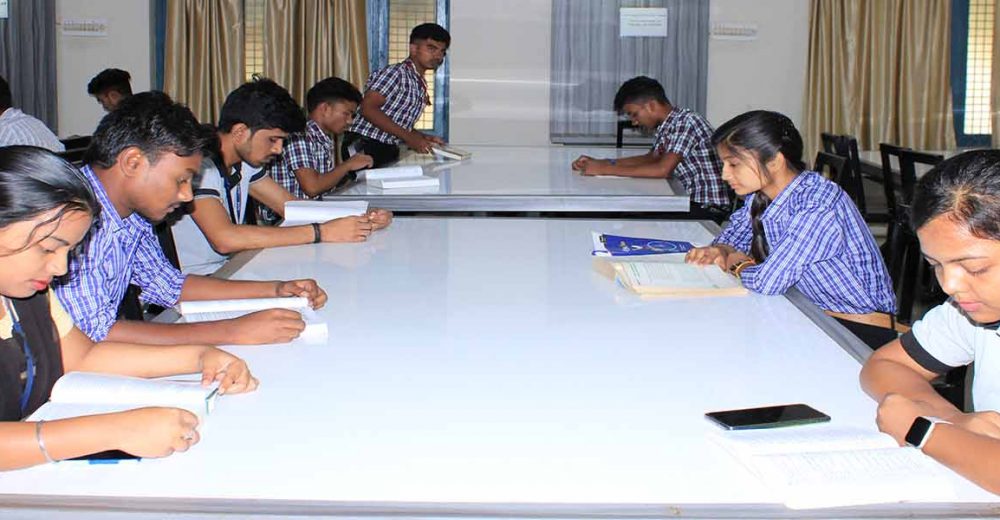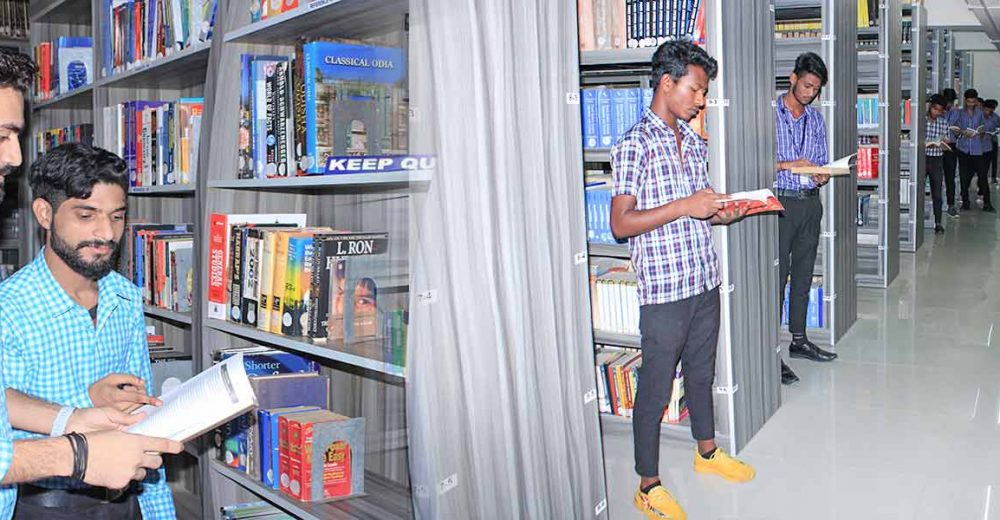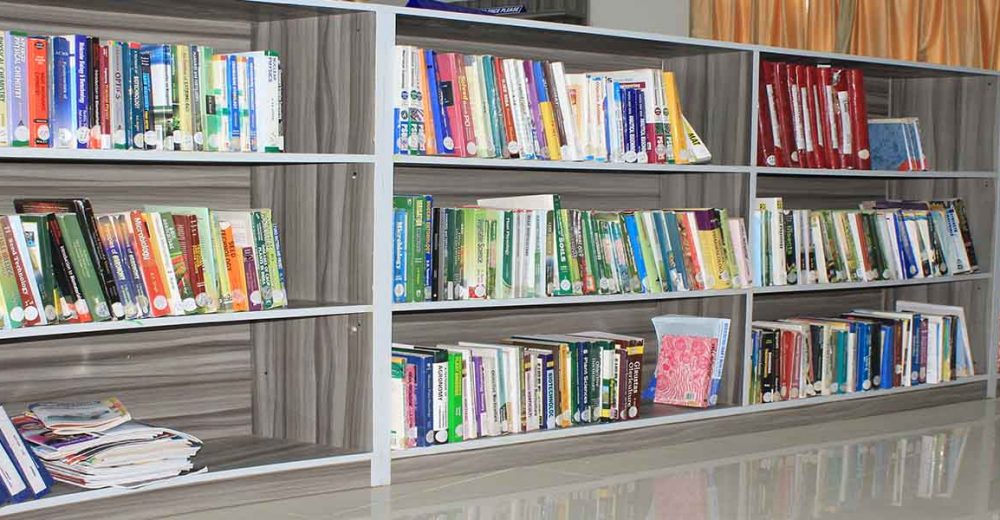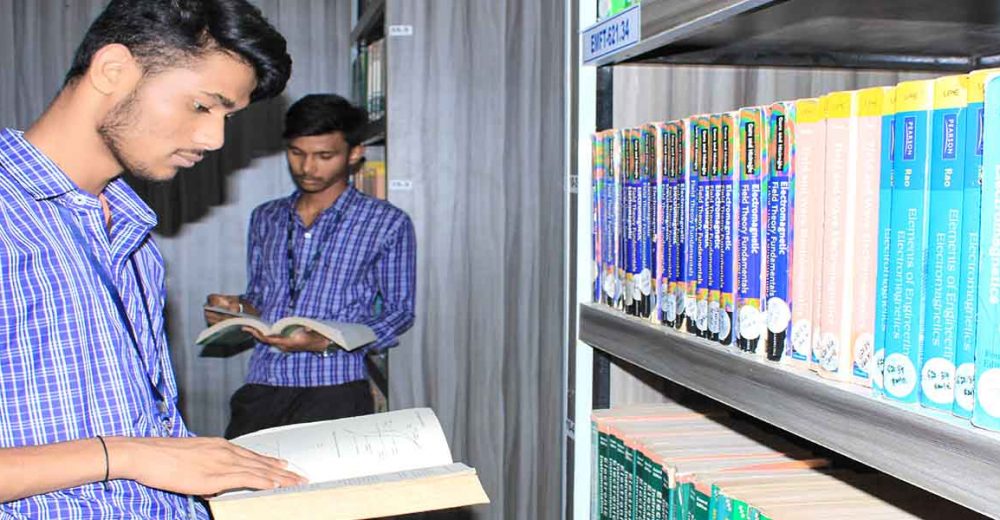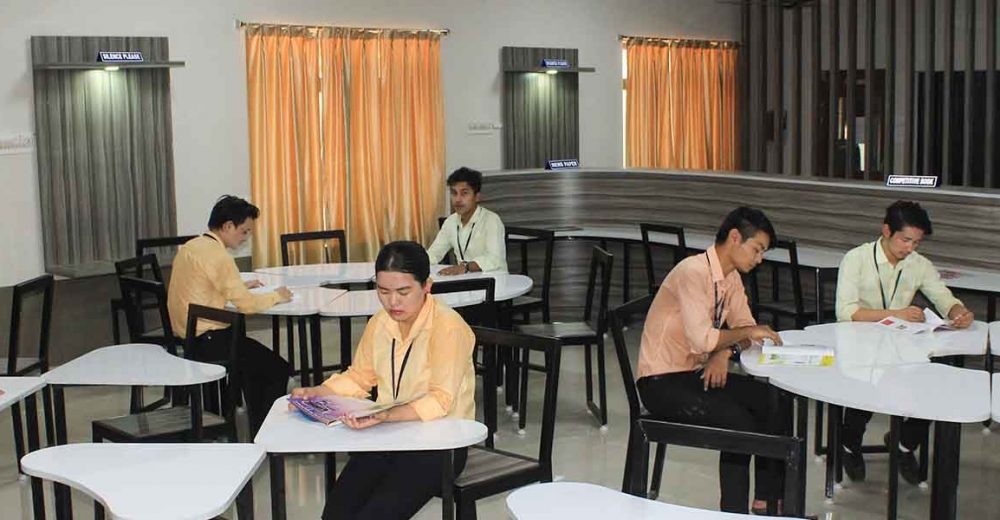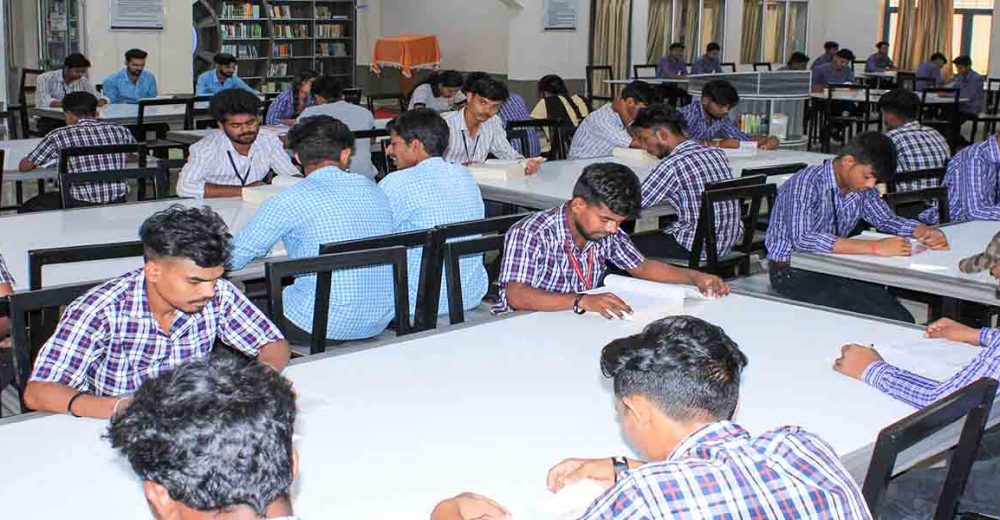Submission Procedure
All articles following the author guidelines and meeting the ethical standards can be sent to : [email protected] or send by post to:
The Chief Editor,
Centurion Journal of Multi-Disciplinary Research
Centurion University of Technology and Management
Bhubaneswar, Odisha 752050
India
Peer Review Process
All submissions to the journal are initially reviewed by the Editor and his Associates. At this stage manuscripts may be rejected without peer review if it is felt that they are not of high enough priority or not relevant to the journal. This fast rejection process means that authors are given a quick decision and do not need to wait for the review process. Manuscripts that are not instantly rejected are sent out for peer review, usually to two independent reviewers. Based on the feedback from these reviewers and the Editors’ judgment a decision is given on the manuscript within 30 to 45 days.
Editors’ responsibilities
All submissions must receive an answer from the Editor-in-Chief/Editor, either if the manuscript is rejected, considered for publication or accepted for publication. On a regular basis an article should be processed in less than 4 months from the date of submission by the author to the date of the communication of the editors’ final decision.
Only manuscripts that are considered for publication will be sent to blind peer review. Editor-in-Chief/Editor will choose appropriate reviewers considering the manuscript’s content. During the peer review process, editor or any editorial staff will not reveal to reviewers the identity of the authors.
Editors will expose information about a submitted manuscript only to the corresponding author, reviewers and other editorial advisers, except in the case of a manuscript that is suspected for double submission.
Editor may ignore any material that breaks legal requirements regarding libel, copyright infringement and plagiarism. Plagiarism is checked using standard software and any article with plagiarism above 20% is not acceptable.
Reviewers’ Responsibilities
All submitted papers are subject to strict double-blind peer-review process by at least two reviewers that are experts in the area of the particular paper. The factors that are taken into account in review are as follows:
- Relevance: Is this paper relevant for the topics of this journal?
- Soundness: Is this paper technically sound and complete?
- Support: Are the claims supported by experimental/theoretical results?
- Significance: Is the paper interesting for other researchers?
- Originality: Are the results/ideas novel and previously unknown?
- Readability: Is the paper well-organized and easy to understand?
- Language: Is the paper written in correct English and style?
Of these, the main factors taken into account are significance and originality.
Contribution to Editorial Decisions: Peer review assists Editor-in-Chief/Editor and the Editorial Board in making editorial decisions and through the editorial communications with the author may also assist the author in improving the paper.
CJMR reviewers perform work for the journal on a volunteer basis. Peer review assists Editor-in-Chief/Editor and the Editorial Board in making editorial decisions and through the editorial communications with the author may also assist the author in improving the paper.
The possible decisions include acceptance, acceptance with revisions but without re-review, revise and resubmit, or rejection. Articles that are often rejected include those that are poorly written or organized or are written in poor English. If authors are encouraged to revise and resubmit a submission, there is no guarantee that the revised submission will be accepted. Rejected articles will not be re-reviewed. Articles may be rejected without review if the Editor-in-Chief/Editor considers the article obviously not suitable for publication.
Promptness: If a reviewer feels that the received manuscript does not suite his/hers specialty field and the reviewing process will suffer, he needs to notify the editor.
All reviews should be delivered to the editorial staff in due time. On a regular basis, the review of an article should not take more than one month from the submission of the manuscript to the reviewer to the transmission of the completed review form to the CJMR editorial board.
The reviewing process needs to be objective, reviewers should argue their statements and personal criticism is not permitted.
The reviewers must use the review form delivered by the editors together with the submitted article. By consenting to do a review the reviewers accept that their names will be published in the list of former reviewers of the journal.
Standards of Objectivity: Reviews should be conducted objectively. Personal criticism of the author is unacceptable. Referees should express their views clearly with supporting arguments.
Acknowledgement of Sources: Reviewers should attempt to identify relevant published work that has not been cited by the authors. Any statement that a result or argument has been previously reported should be accompanied by the relevant citation. A reviewer should also call to the editor’s attention any substantial similarity or overlap between the manuscript under consideration and any other published paper of which they have personal knowledge.
Disclosure and Conflict of Interest: Privileged information or ideas obtained through peer review must be kept confidential and not used for personal advantage. Reviewers should not consider manuscripts in which they have conflicts of interest resulting from competitive, collaborative, or other relationships or connections with any of the authors, companies, or institutions connected to the papers.
Editorial Board
Chief Editor
Prof. Smita Mishra Panda, Centurion University of Technology and Management, Odisha
Advisors to Chief Editor
Prof. Susanta Kumar Mishra, Centurion University of Technology and Management, Odisha
Prof. Susant Kr. Biswal, Centurion University of Technology and Management, Odisha
Prof. Ramesh Chandra Mohanty, Centurion University of Technology and Management, Odisha
Prof. Prajna Pani, Centurion University of Technology and Management, Odisha
Associate Editors
Prof. Ansuman Jena ,Centurion University of Technology and Management, Odisha
Prof. Susanta Kumar Patnaik, Centurion University of Technology and Management, Odisha
Prof. Biswanandan Dash, Centurion University of Technology and Management, Odisha
Prof. Debi Satapathy, Centurion University of Technology and Management, Odisha
Layout and Design
Mr. Susil Kumar Sahu
Editorial Advisory Board
Prof. Biswajit Dash, Jamia Milia Islamia University, New Delhi
Prof. Mrinal Chatterjee, Indian Institute of Mass Communication, Dhenkanal
Prof. Binod C. Agrawal, TALEEM Research Foundation, Ahmedabad, Gujarat
Prof. Supriya Pattanayak, VC, Centurion University of Technology and Management, Odisha
Prof. Anita Patra, Registrar Centurion University of Technology and Management, Odisha
Prof. Ashok Misra, Centurion University of Technology and Management, Odisha
Prof. Subrata Sarangi, Centurion University of Technology and Management, Odisha
Prof. Viswa Ballabh, XLRI, Xavier School of Management, Jamshedpur, Jharkand
Prof. Bibhuti Bhusan Biswal, NIT, Rourkela, Odisha
Prof. Kameshwar Choudhary, Ambedkar Central University, Lucknow
Prof. Pradipta Kishore Dash, SOA University, Bhubaneswar, Odisha
Prof. Shahed Anwar Khan, Curtin University, Perth, Australia
Prof. Taeho Kwon, Semyung University, South Korea
Prof. Ragnhild Lund, Norwegian University of Science and Technology, Norway
Prof. Debadutta Mishra, VSS University of Technology, Burla, Odisha
Prof. Yaso Nadarajah, RMIT University, Melbourne, Australia
Prof. Haribandhu Panda, Director, Klorofeel School and foundation
Prof. D. P. Pattanayak, Chancellor, Centurion University of Technology and Management, AP
Prof. Prafulla Kumar Sahoo, Utkal University, Bhubaneswar, Odisha
Prof. Bidhu Bhushan Mishra, Utkal University, Bhubaneswar, Odisha
Aims and Scope
Aims and Scope
Centurion Journal of Multidisciplinary Research (CJMR) aims at:
- Providing a platform for debate and dissemination of research findings, conceptual developments and new research areas and techniques that promise to change analyses and perspectives on science and technology, development, management, skill in developing societies;
- Disseminating and promoting research, good practice and innovation in all aspects of science, technology, management and skill development to its main audiences, including educators, researchers, graduate students, policy makers, and practitioners; and Encouraging multi-disciplinary cooperation and understanding, and enhancing quality research.
CJMR is a peer-reviewed, open-access journal publishing novel scientific research in all fields of Science, Technology, Engineering, Humanities, Agriculture, Management and Social Sciences. In addition to research articles from individuals or collectives, the journal publishes books, reviews and conference proceedings.
Centurion University of Technology and Management (CUTM) has a special focus on skill development and education, its recognition and promotion in the country, especially with the ‘Make in India’ initiative by the Government of India. In alignment to the vision of CUTM, the objective of the journal is to enhance the knowledge base as well as facilitate bringing together research-based contributions that have direct implications for the development of under-privileged communities and empowering them. To reach that goal the journal allows publication for free.
